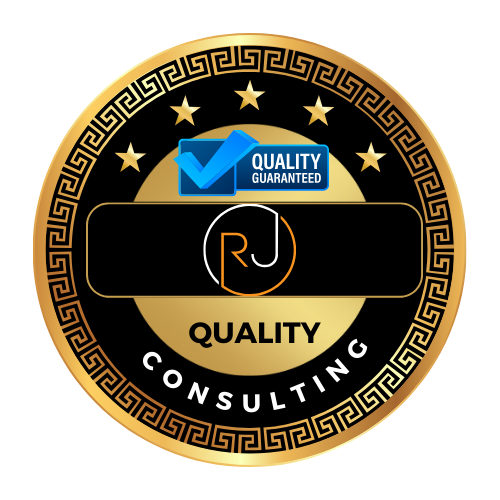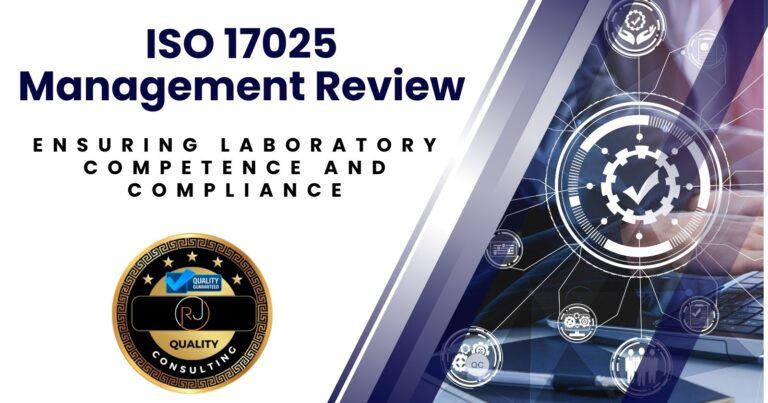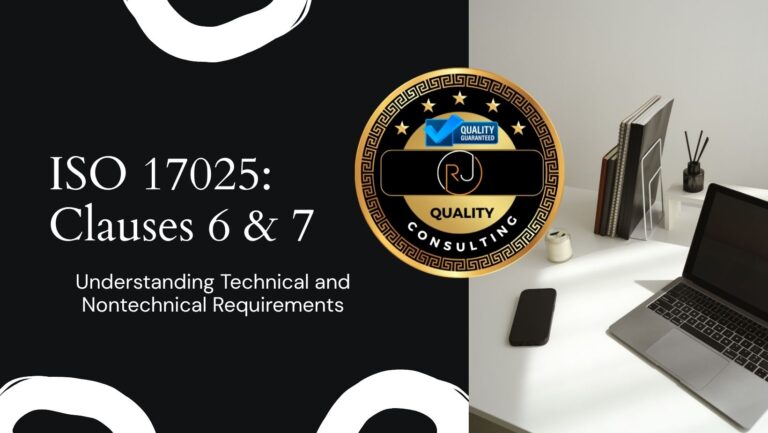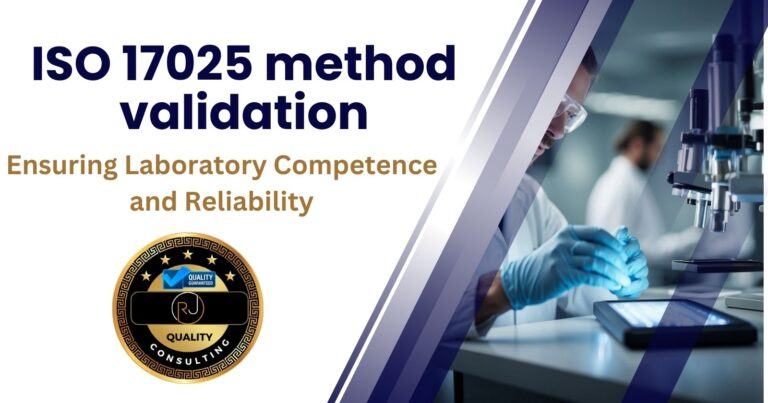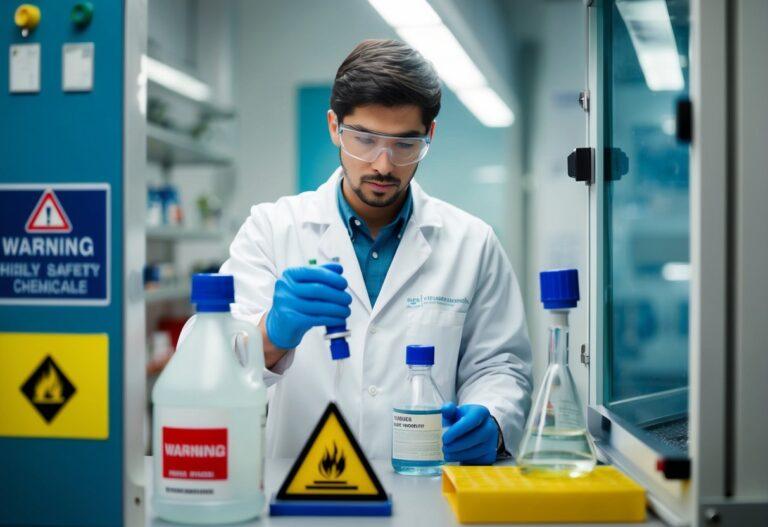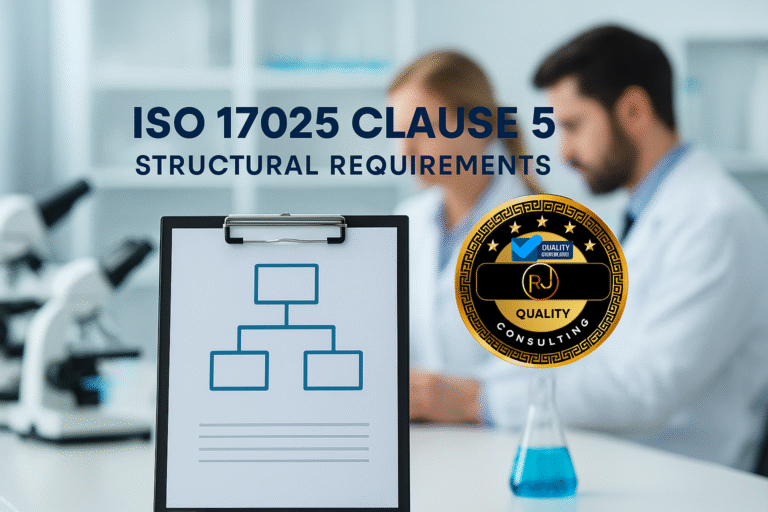ISO 17025 Calibration Requirements for Testing Labs
Imagine holding the blueprint for ISO 17025 Calibration Requirements and quality assurance in testing laboratories. That’s what ISO/IEC 17025:2017 offers; it’s more than a set of guidelines – it’s the lifeline for labs seeking precision and credibility in their testing processes. ISO/IEC 17025 is the internationally recognized standard for calibration and testing laboratories, setting the baseline for a competent system that delivers reliable test results.
Why does calibration matter so much? In the world of testing, accuracy is non-negotiable. Calibration ensures that measurement tools are giving you the truth, not just an approximation of it. For a laboratory, being off by even a minuscule amount can mean the difference between a safe product and a potential disaster.
This standard acts as a guardian of exactitude, providing a systematic approach for labs to produce defensible and accurate test data. By following ISO/IEC 17025, labs don’t just show they can perform tests correctly; they prove that they understand the importance of consistency, traceability, and continuous improvement in their operations.
📘 ISO/IEC 17025 Quality Manual Template
Accelerate your lab’s accreditation process with our comprehensive Quality Manual Template, designed to align with ISO/IEC 17025:2017 standards.
- Fully editable and customizable to fit your laboratory’s needs.
- Includes all necessary procedures, forms, and policies.
- Structured to facilitate easy implementation and compliance.
- Developed by experts with extensive ISO/IEC 17025 experience.
Diving into the Core of ISO 17025 Calibration Requirements: Sections 6.4 and 6.5 of ISO/IEC 17025:2017
Sections 6.4 and 6.5 of the ISO/IEC 17025:2017 standard are pivotal for testing laboratories aiming to ensure their calibration processes are up to the mark. Why do these sections matter so much? They are meticulously crafted to act as the compass for laboratories navigating the complexities of calibration.
Section 6.4 emphasizes the use and maintenance of equipment, stressing the importance of having equipment that meets the lab’s testing and calibration needs. I discuss how a rigorous approach to equipment selection and monitoring is crucial for achieving reliable results. it also points the ISO 17025 calibration requirements to metrological traceability requirements as stated in section 6.5. Metrological traceability is the key to ISO 17025 calibration requirements, and this really needs to be understood.
Moving on to Section 6.5, here’s where the trajectory takes a sharp turn directly to the calibration itself. It delves into specific protocols for calibration – specifying the calculation of measurement uncertainty and the requirement for traceability of measurements to national or international standards and defining in note 1 and note 2 the idea of competent producers.
In other words, the lab needs to hire calibration companies that are accredited to ISO/IEC 17025 and purchase standard reference standards from ISO 17034 producers. There are many nonconformities generated in these two areas alone during an accreditation audit.
Each bullet point in this section is like a checkpoint; miss one, and the entire calibration’s integrity could be at stake. Securing traceability requires meticulous documentation and procedures that demonstrate a clear lineage to recognized standards.
Understanding these sections and embedding them into every day practice is not just about compliance – it’s about upholding a TRUSTWORTHY standard of service. Confidence in test results begins right here, with sections 6.4 and 6.5 serving as the foundation. Of course, section 6.6, externally provided products and services plays a role here as well, since you want to make sure your vendors are meeting your labs requirement and the requirements of the standard. In the subsequent section, I’ll break down exactly what those calibration requirements entail, and how testing equipment and procedures fit into the larger picture painted by ISO/IEC 17025:2017.
Calibration Requirements Explained: A Closer Look at Equipment and Procedures
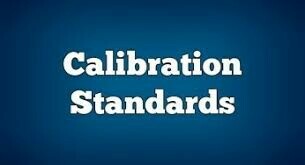
Without the right equipment and procedures, achieving reliable and accurate measurements can feel like trying to hit a moving target. As with other standards, such as AS9100, calibration requirements are essential to the integrity of the testing results. But with ISO/IEC 17025:2017, testing labs have clear directives to make this task less daunting. This section focuses on the nuts and bolts of equipment calibration as outlined by the standard.
From thermometers to spectrophotometers, every piece of equipment used in a testing lab must be calibrated properly. ISO/IEC 17025 requires that laboratories calibrate their equipment against certified standards that are traceable to national or international standards.
Not only do the tools need to be up to par, but also the procedures for using them. The standard dictates that labs must have documented procedures for each step of the calibration process, ensuring that every measurement is as accurate and repeatable as possible.
Moreover, calibration isn’t a one-off event. Section 6.5 specifically mandates that testing labs establish intervals for recalibration and performance checks; this depends on factors like the equipment’s stability, purpose, and degree of usage.
Finally, a meticulous approach to record-keeping is non-negotiable. Labs must maintain up-to-date calibration records for each piece of equipment. This includes details about the calibration method, relevant environmental conditions, and any out-of-spec results that were identified.
With the proper equipment and adherence to detailed procedures, a lab’s credibility skyrockets. The flipside? It’s also about safeguarding against the consequences of inaccuracy, which could lead to serious missteps in testing and analysis.
Ensuring Compliance: Best Practices for Testing Labs
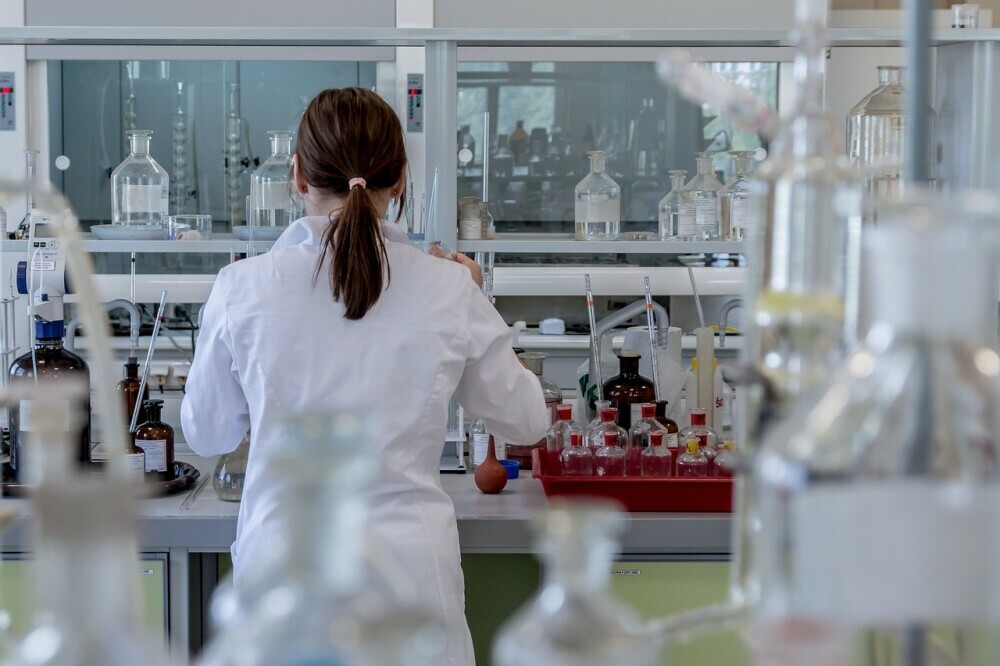
Compliance with ISO/IEC 17025:2017, specifically sections 6.4 and 6.5, requires rigorous attention to calibration processes in testing labs. Consistent accuracy in testing results is not a matter of chance; it is the product of stringent adherence to standards and best practices.
First, establish regular calibration intervals. Regularly scheduled calibration checks prevent drifts in equipment accuracy and maintain measurement integrity. Adjust intervals based on equipment usage, wear, and previous calibration results to optimize the schedule.
Next, training staff is crucial. They must thoroughly understand the equipment they work with. A well-trained team can properly execute calibration procedures, spot potential issues, and take corrective action without delay. Provide ongoing training and assessments to ensure they remain competent and up-to-date with the latest calibration techniques.
Additionally, external audits are a key aspect of compliance. They offer an unbiased evaluation of a lab’s adherence to ISO 17025 standards. Participation in inter-laboratory comparisons or proficiency testing also serves as a checkpoint for a lab’s calibration accuracy, highlighting areas for improvement.
Lastly, it is important to create and maintain a quality management system that encapsulates these practices. The system should include thorough documentation of protocols, calibration data, and corrective actions taken based on audits or internal reviews. By doing so, labs reinforce their commitment to reliable measurements, which is the bedrock of trust with clients and regulatory bodies.
Continuous Improvement and ISO/IEC 17025: Building a Culture of Excellence
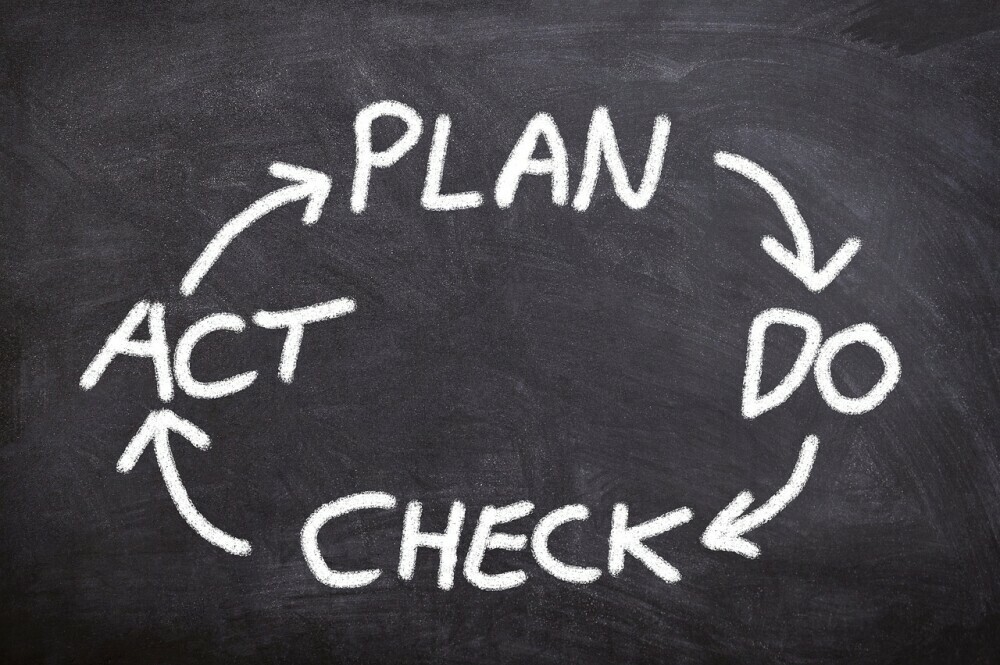
Adopting a mindset of continuous improvement is essential for any testing lab aiming for excellence under ISO/IEC 17025. Rather than viewing calibration requirements as a one-time task, labs should integrate them into their daily operations. It’s about making quality and accuracy a habit, not an afterthought.
Staying connected with updates to the standard and advancements in calibration technology is also critical. This proactive approach can lead to improved efficiency and more reliable results. As the field evolves, so should the practices within your lab.
Lasting benefits come from establishing a compliance culture that transcends individual processes. It’s the collective commitment to upholding the standards set by ISO/IEC 17025 that truly makes a laboratory stand out. Labs that are committed to this path not only meet the existing regulations; they are also well-prepared to adapt to future changes and continue providing the highest quality of service.
In summary, the true spirit of ISO/IEC 17025 lies in a lab’s dedication to unceasingly refine its calibration processes. It’s about fostering a culture where excellence is the norm and where each calibration is a step towards greater accuracy and reliability. With this approach, a lab doesn’t just fulfill requirements; it leads the charge in industry best practices.
🕒 Book Your Free 45-Minute Consultation
Have questions about ISO/IEC 17025 or ISO 9001 implementation or accreditation? Schedule a free 45-minute consultation with me to discuss your Company or laboratory’s needs and how we can achieve compliance together.
Schedule Your Consultation